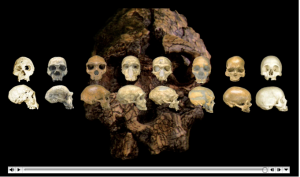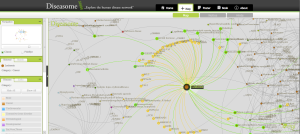There are few conferences as fun and cool as SIGGRAPH, and I’m pleased to have gone to this one. Of course, New Orleans is a fun and distracting city, and that doubled the pleasure.
I have to say, my favorite part is always the art installations. This year did not disappoint, and my very favorite from this year’s installations was Biological Instrumentation, by Nina Tommasi. This one took a lot of thought and ingenuity. I felt a the thrill of wonder as I listened to the plants “singing.”
Here’s the artist statement on the SIGGRAPH site:
Biological Instrumentation is a time-based spatial installation of mimosa plants, each connected by a series of tubes to an air compressor and wired with audio speakers and other electronic equipment. Algorithmically triggered compressed air forces the plants to contract. As the plants begin to open their leaves again, sound signals play from the audio speakers. This work explores the poetics involved in creating new relationships between machines and plant life. Nina Tommasi is an Austrian-born media artist and architect.
Wandering around in this space of hanging shy mimosas watching their leaves contract and listening the sing as they relaxed was like being a little kid wandering around in a new wonderland.






